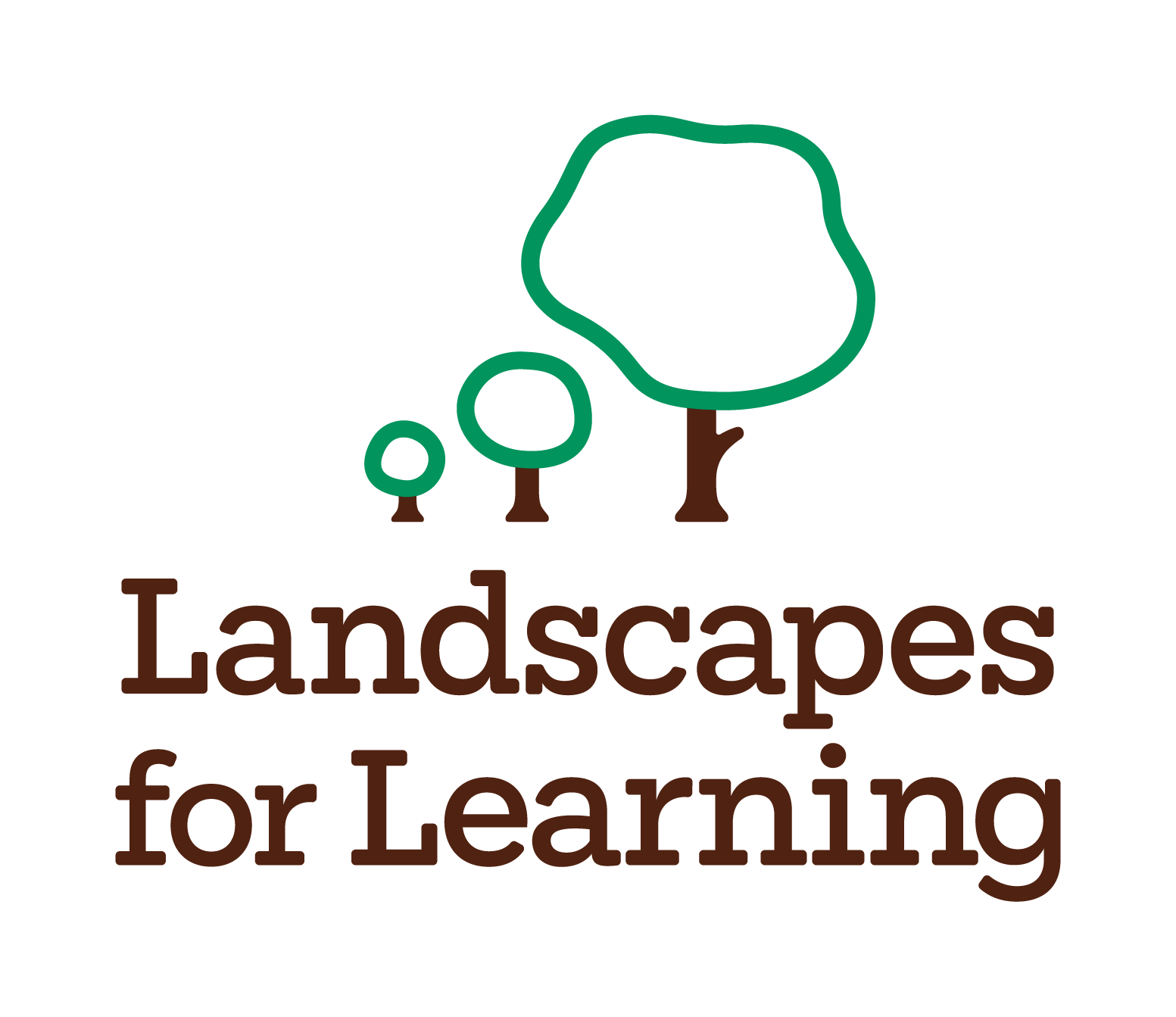Should outdoor learning be part of the curriculum?

We all have a vague sense that children should be outside; we’ve all been herded outdoors as children, and as adults have felt creeping unease about parking children in front of the television or screens. This gut feeling is supported by the evidence – screens make us unhappy, unfit, and stimulated in the wrong ways. In America, research has shown that the average child spends only four to seven minutes a day playing outside – and over seven hours a day in front of a screen. This shocking statistic illustrates just how important interaction with the outdoor environment at school can be – schooltime will likely be a child’s only exposure to nature and the outdoors.
Once seen as being a ‘bonus’ activity to be fitted in as and where time permits, outdoor learning or Learning outside the Classroom (LotC) has been proven to have significant benefits for pupils, across everything from behaviour to attainment to mental health to physical wellbeing. That’s why more and more education providers are looking to integrate an outdoor learning component into their everyday schooling set up.
School evaluation organisation Ofsted views outdoor learning as “an essential element of a broad and balanced curriculum”, urging schools to directly reference it in their self-evaluation. On top of the far-reaching benefits for the pupils, then, a well-provisioned LotC which demonstrates a planned and integrated approach to outdoor learning will also benefit a school’s Ofsted result.
It’s never been a better time, then, to create a cohesive plan for putting outdoor learning into practice in your learning environment. This Landscapes for Learning blog lays out some of the research behind why outdoor learning is just so valuable, as well as showcasing some of the ways it fits into the curriculum, and voicing some of the obstacles providers come up against in their journey towards creating an outdoor learning environment.
The benefits of outdoor learning on attainment
Evidence is plentiful on the benefits of outdoor learning on pupils. Outdoor learning gets kids away from a sedentary learning style, creating fitter, more attentive, happier pupils. Fitter and happier pupils are healthier pupils, both physically and mentally.
Healthier pupils have higher attainment scores, and spending time outdoors has been shown to increase both pupils’ physical activity levels and improve their mental health. Being outdoors challenges them physically, as well as having been shown to allow them to explore boundaries and safe risk-taking, making kids better at paying attention, and making them less anxious.
But outdoor education is not only useful as an adjunct to core curriculum subjects for these ‘health-boosting’ factors. Research from Wilderness School participants illustrates that outdoor-educated children significantly increased their attainment in English reading, writing and maths too, over pupils taught in a conventional classroom.
A key study focussing on four primary schools compared a control group to a group of children given an outdoor education. They found that those children who attended outdoor school raised their test scores by 27%. They also received significantly higher ratings in self-esteem, conflict resolution, peer relations, problem solving, motivation to learn, and behaviour in class. The outdoor educated group thus found both their personal and social skills boosted as well as their academic attainment. The group also reported a better overall attitude towards school and higher attendance rates.
The holistic benefits of outdoor learning on pupils
A meta-analysis of 150 outdoor learning research studies conducted for the decade 1993-2003 found that there was substantial research evidence linking outdoor learning to positive outcomes such as independence, confidence, self-efficacy, interpersonal and social skills and coping strategies. But not only these factors relating to the individual – societally, outdoor learning helps to deepen knowledge, understanding, and appreciation of the environment and their natural surroundings. So outdoor education is beneficial for our world, too.
The physical benefits on kids are pertinent, too. This Woodland Health for Youth (WHY) report shows that, after studying children in three groups, comparing indoor education, LotC in the school playground and LotC in woodland. The children educated in local woodland spent much more time doing moderate-to-vigorous physical activity, measured through accelerometry. The results were long-lasting, too, as BMI calculations illustrated that the majority of participants reduced their BMI from Reception to Year 2, and 80% were of a healthy weight. Although BMIs and understanding childhood obesity are not black and white subjects, the report suggests that LotC contributed to fighting against the trend towards more unhealthy BMI results, offering a more consistent way to increase overall activity levels compared to specific, targeted interventions.
Barriers to outdoor learning in praxis
So, it’s clear that Learning outside the Classroom has countless benefits. So why isn’t it being rolled out wholesale through schools across the country? Research compiled by King’s College London shows that a huge barrier to outdoor learning is a lack of confidence in teachers. Other persisting barriers which teachers highlight include
- Preparing for unpredictable weather
- Feeling they don’t have access to suitable space
- Limited adult support
- Concerns about how to discipline and control behaviour
- Struggles to organise resources
- Not knowing how to record learning outside
These barriers needn’t be insurmountable, though; once raised, most can be acted upon.
Integrating outdoor education into the curriculum
An abiding myth around outdoor education is that the National Curriculum would need to change in order to accommodate outdoor learning in practice. This is really unhelpful, as the school day already feels jam-packed with exercises teachers have to assimilate. But LotC isn’t a subject; it’s a way of teaching. Many topics and subjects can be taught outside, and most of them will benefit from this.
Using your outdoor space can truly enhance all sorts of aspects from the curriculum. Consider finding mathematical shapes in the natural world, for example, art from found materials or plant biology up-close and personal with nature. It is also untrue that schools have to be wealthy and have massive provisions to create outdoor learning environments – most schools can get outdoors to a local park or field.
So, outdoor education doesn’t have to be an additional provision on top of foundational curriculum activities. Outdoor environments in fact can be the perfect location for supporting several curriculum items.
In Year 1, for example, the outdoor learning environment is perfect for covering all of the topics from the Science curriculum:
- Plants
- Animals, including humans
- Everyday materials
- Seasonal change
But it works just as well for older classes’ learning goals. In Year 6, for example, teachers could cover three of five Science curriculum topics outdoors (electricity and light being probably unsuitable topics for outdoor teaching):
- Living things and their habitats
- Animals, including humans
- Evolution and inheritance
In the paper on the Effect of Outdoor Education Programs on Children in California, the children who participated in the outdoor education environment showed positive improvements on all five of the constructs they were being ranked on – cooperation, self-esteem, leadership, conflict resolution, and their relationship with their teacher. The children who didn’t attend the outdoor education program, meanwhile, saw losses on two of these five constructs – cooperation and conflict resolution. Some argue that it’s hard to extrapolate from small data sets of specific data on neighbourhoods or socio-economic backgrounds, but there is so much evidence illustrating the benefits that can be reaped through learning outside of the classroom.
If you think it’s time to consider your outdoor learning provision more profoundly, get in touch with Landscapes for Learning today. Whilst outdoor learning is valuable in any format, here at Landscapes for Learning we make it easy to create enriched learning environments which stimulate children physically and socially, as well as prompting the development of fine and gross motor skills. Our equipment fires their imagination, improves mobility, stamina and balance, and can create the ideal setting for curriculum based learning, too.
Whether you’re interested in creative development, problem solving, knowledge of the world, personal and social development or any number of other ever-evolving facets in the education of a curious and learning child, it is our passion to help you create the perfect environment to let them thrive. Get in touch today to see how we can help.
